Home>Technology>Smart Home Devices>What Is An Impact Printer
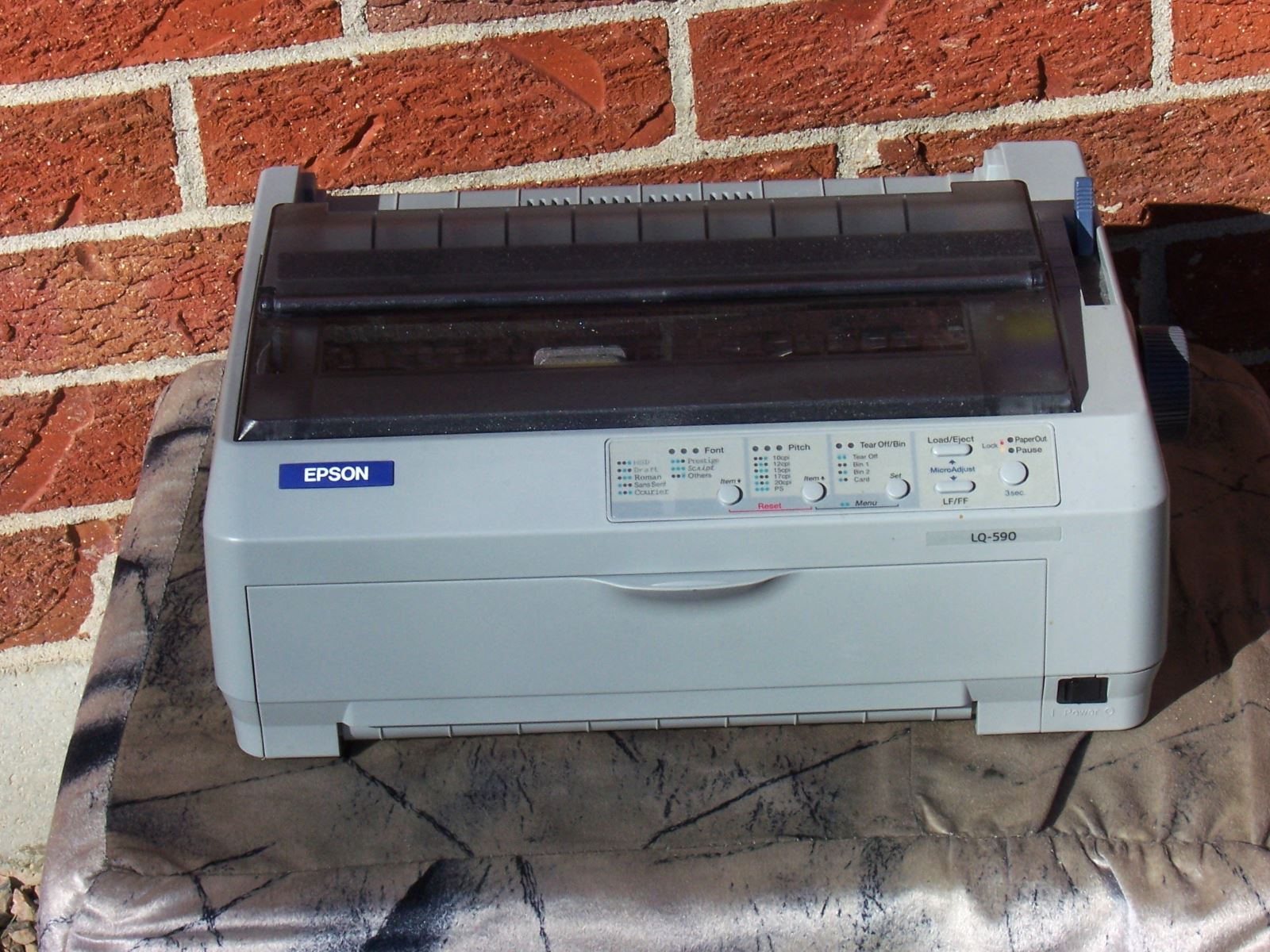

Smart Home Devices
What Is An Impact Printer
Modified: February 18, 2024
Learn about impact printers and their role in smart home devices. Explore the technology and applications of impact printers for smart homes.
(Many of the links in this article redirect to a specific reviewed product. Your purchase of these products through affiliate links helps to generate commission for Storables.com, at no extra cost. Learn more)
Introduction
Impact printers have played a crucial role in the history of printing technology, revolutionizing the way documents were produced. Unlike modern inkjet or laser printers, impact printers rely on a physical impact to transfer ink onto the printing medium. This article will delve into the intricacies of impact printers, exploring their types, working mechanisms, advantages, and applications.
From the clattering sounds of dot matrix printers to the precision of line printers, impact printers have left an indelible mark on the evolution of printing technology. Understanding the inner workings and applications of impact printers provides valuable insights into the foundations of modern printing, making it a fascinating subject to explore.
Key Takeaways:
- Impact printers use physical force to transfer ink onto paper, making them durable and suitable for creating carbon copies in industries like banking and logistics.
- While impact printers may be noisier and slower than modern printers, they remain essential for specific tasks like generating receipts and labels in retail and industrial settings.
Read more: What Is Impact Glass
Definition of Impact Printer
An impact printer is a type of printer that produces text and images by striking an inked ribbon against the printing surface. Unlike non-impact printers, such as inkjet and laser printers, which deposit ink onto the paper without direct physical contact, impact printers utilize a mechanical impact to create characters and images. The impact is typically generated by a print head or a set of pins that strike the ribbon, transferring ink onto the paper in the desired pattern.
One of the defining characteristics of impact printers is their ability to create carbon copies by exerting enough force to transfer ink through multiple layers of paper. This feature has made impact printers indispensable in environments where duplicate copies are needed, such as in invoicing and record-keeping applications.
Despite the prevalence of non-impact printers in modern offices and homes, impact printers continue to be utilized in specific industries and applications due to their unique capabilities. Understanding the different types of impact printers and their operational principles can shed light on the enduring relevance of this printing technology.
Types of Impact Printers
Impact printers encompass a variety of technologies, each with its own distinct characteristics and applications. The primary types of impact printers include dot matrix printers, line printers, and daisy wheel printers.
- Dot Matrix Printers: Dot matrix printers are among the most common types of impact printers. They operate by striking a matrix of pins against an inked ribbon to form characters and images. These printers are known for their versatility, as they can produce both text and graphics. Dot matrix printers are often used in environments where multipart forms and carbon copies are required, such as in accounting and logistics.
- Line Printers: Line printers utilize a series of hammers or print elements to generate an entire line of text at once. These printers are capable of high-speed printing, making them suitable for large-scale batch processing and high-volume applications. Line printers are commonly found in settings where rapid, continuous printing is essential, such as in data centers and mainframe environments.
- Daisy Wheel Printers: Daisy wheel printers employ a rotating disk, known as a daisy wheel, that contains raised characters or symbols. When a character is to be printed, the daisy wheel rotates to the desired position before a hammer strikes it against an inked ribbon, transferring the character onto the paper. While daisy wheel printers offer high-quality text output, they are less versatile than dot matrix printers and are primarily used for producing high-quality documents, such as correspondence and reports.
Each type of impact printer possesses unique capabilities that cater to specific printing requirements, ensuring that impact printing technology continues to thrive in niche applications where non-impact printers may not be suitable.
How Impact Printers Work
Impact printers operate on the principle of physical impact to transfer ink onto the printing medium. The printing process involves several key components that work in tandem to create characters and images with precision and clarity.
Key components of impact printers include:
- Print Head or Print Elements: In dot matrix and line printers, a print head containing a matrix of pins or print elements is responsible for making contact with the inked ribbon and paper. The print head receives signals to selectively activate the pins, causing them to strike the ribbon and transfer ink onto the paper in the desired pattern.
- Inked Ribbon: The inked ribbon is a crucial component of impact printing. It serves as the medium through which ink is transferred from the print head to the paper. The ribbon advances as characters are printed, ensuring that fresh ink is available for each printing operation.
- Paper Feed Mechanism: Impact printers feature a mechanism for feeding paper through the printer. This mechanism ensures precise positioning of the paper for accurate character and image placement. In the case of multi-part forms, the paper feed mechanism facilitates the simultaneous printing of multiple copies.
- Impact Force Control: The impact force exerted by the print head or print elements is carefully controlled to achieve optimal print quality while prolonging the lifespan of the printer components. This control mechanism ensures consistent and legible output without causing undue wear and tear.
When a character or image is to be printed, the print head or print elements receive signals corresponding to the desired pattern. The pins or print elements then strike the inked ribbon against the paper, transferring the ink and forming the intended shape. The coordinated movement of the print head, inked ribbon, and paper feed mechanism results in the production of clear and precise characters and images.
Understanding the intricate interplay of these components provides insight into the reliability and enduring appeal of impact printers in specific printing applications.
Advantages and Disadvantages of Impact Printers
Impact printers offer a unique set of advantages and disadvantages compared to non-impact printing technologies, such as inkjet and laser printers. Understanding these distinctive traits can help in determining the suitability of impact printers for specific printing requirements.
Read more: What Is Impact Resistant Roof
Advantages:
- Carbon Copies: One of the key advantages of impact printers is their ability to create clear and legible copies on multipart forms through the application of sufficient impact force. This feature is particularly valuable in environments where duplicate copies of documents are necessary, such as in invoicing and record-keeping.
- Reliability: Impact printers are known for their robustness and reliability, making them well-suited for demanding industrial and commercial applications. The mechanical nature of impact printing technology contributes to its resilience in challenging operating conditions.
- Versatility: Dot matrix printers, in particular, offer versatility in printing text and graphics, making them suitable for a wide range of applications, including forms printing, labeling, and point-of-sale documentation.
- Longevity of Output: Documents printed using impact printers often exhibit enhanced durability, as the impact force ensures that the ink adheres firmly to the printing medium. This characteristic is advantageous in scenarios where printed documents need to withstand handling and storage for extended periods.
Disadvantages:
- Noisy Operation: The mechanical nature of impact printers results in audible noise during printing, which can be a drawback in quiet office environments or settings where noise pollution is a concern.
- Limited Graphic Quality: While dot matrix printers are capable of producing basic graphics, their graphical output may not meet the standards of modern non-impact printers in terms of resolution and image quality.
- Consumable Costs: The ongoing expenses associated with inked ribbons and print head maintenance can contribute to higher operational costs compared to non-impact printers, which often have lower per-page printing expenses.
- Speed: In general, impact printers may have slower print speeds compared to modern non-impact printers, which can be a limiting factor in high-volume printing environments requiring rapid output.
By weighing these advantages and disadvantages, businesses and organizations can make informed decisions regarding the adoption of impact printers based on their specific printing needs and operational considerations.
Impact printers use a mechanical mechanism to strike an inked ribbon against the paper, creating characters. They are typically louder and slower than non-impact printers, but are often used for printing multipart forms and receipts.
Applications of Impact Printers
While non-impact printers have become ubiquitous in homes and offices, impact printers continue to thrive in specialized applications that leverage their unique capabilities. The distinct features of impact printers make them well-suited for specific tasks and industries, ensuring their continued relevance in diverse operational environments.
Key Applications of Impact Printers Include:
- Point-of-Sale Systems: Impact printers are commonly utilized in retail and hospitality settings for generating receipts, invoices, and transaction records. The ability to produce carbon copies on multipart forms is particularly advantageous for maintaining comprehensive transaction records and customer receipts.
- Industrial Environments: In industrial settings such as manufacturing facilities and warehouses, impact printers find application in printing labels, inventory manifests, and shipping documents. The durability of impact-printed documents makes them well-suited for withstanding the rigors of industrial operations.
- Banking and Finance: Impact printers play a pivotal role in banking and financial institutions for printing deposit slips, transaction receipts, and official documents. The capacity to create clear and legible copies on multipart forms ensures accurate record-keeping and compliance with regulatory requirements.
- Logistics and Shipping: Impact printers are utilized in logistics and shipping operations for generating shipping labels, packing slips, and delivery confirmations. The ability to produce durable and easily readable documents contributes to efficient tracking and management of shipments.
- Specialized Printing: Certain specialized printing requirements, such as continuous forms printing for data logging and industrial automation, benefit from the reliability and multipart form capabilities of impact printers. These applications often demand robust and long-lasting printed output.
By catering to these specific operational needs, impact printers continue to play an indispensable role in diverse industries where the unique advantages of impact printing technology outweigh the limitations associated with non-impact printers.
Conclusion
Impact printers, with their enduring legacy and unique capabilities, remain integral to a variety of industries and operational environments. While non-impact printing technologies have gained widespread adoption, impact printers continue to excel in specialized applications that demand reliability, durability, and the ability to produce carbon copies on multipart forms.
The diverse types of impact printers, including dot matrix, line, and daisy wheel printers, cater to specific printing requirements, ranging from high-speed batch processing to high-quality document production. Each type offers distinct advantages, ensuring that impact printers remain relevant in environments where non-impact printers may not suffice.
From retail point-of-sale systems to industrial manufacturing facilities, impact printers continue to facilitate essential printing tasks, such as generating receipts, labels, invoices, and transaction records. The ability to create clear and legible copies on multipart forms has positioned impact printers as indispensable tools for accurate record-keeping and documentation in various industries.
While impact printers exhibit certain limitations, such as audible noise during operation and relatively slower print speeds, their reliability, longevity of output, and suitability for specific applications make them invaluable assets in the modern operational landscape.
By recognizing the enduring relevance of impact printers and understanding their unique strengths and limitations, businesses and organizations can make informed decisions regarding the integration of impact printing technology into their operational workflows, ensuring efficient and dependable printing solutions for their specific needs.
As technology continues to advance, the distinctive capabilities of impact printers will persist in complementing the ever-evolving landscape of printing technologies, contributing to the seamless functioning of diverse industries and operational domains.
Frequently Asked Questions about What Is An Impact Printer
Was this page helpful?
At Storables.com, we guarantee accurate and reliable information. Our content, validated by Expert Board Contributors, is crafted following stringent Editorial Policies. We're committed to providing you with well-researched, expert-backed insights for all your informational needs.


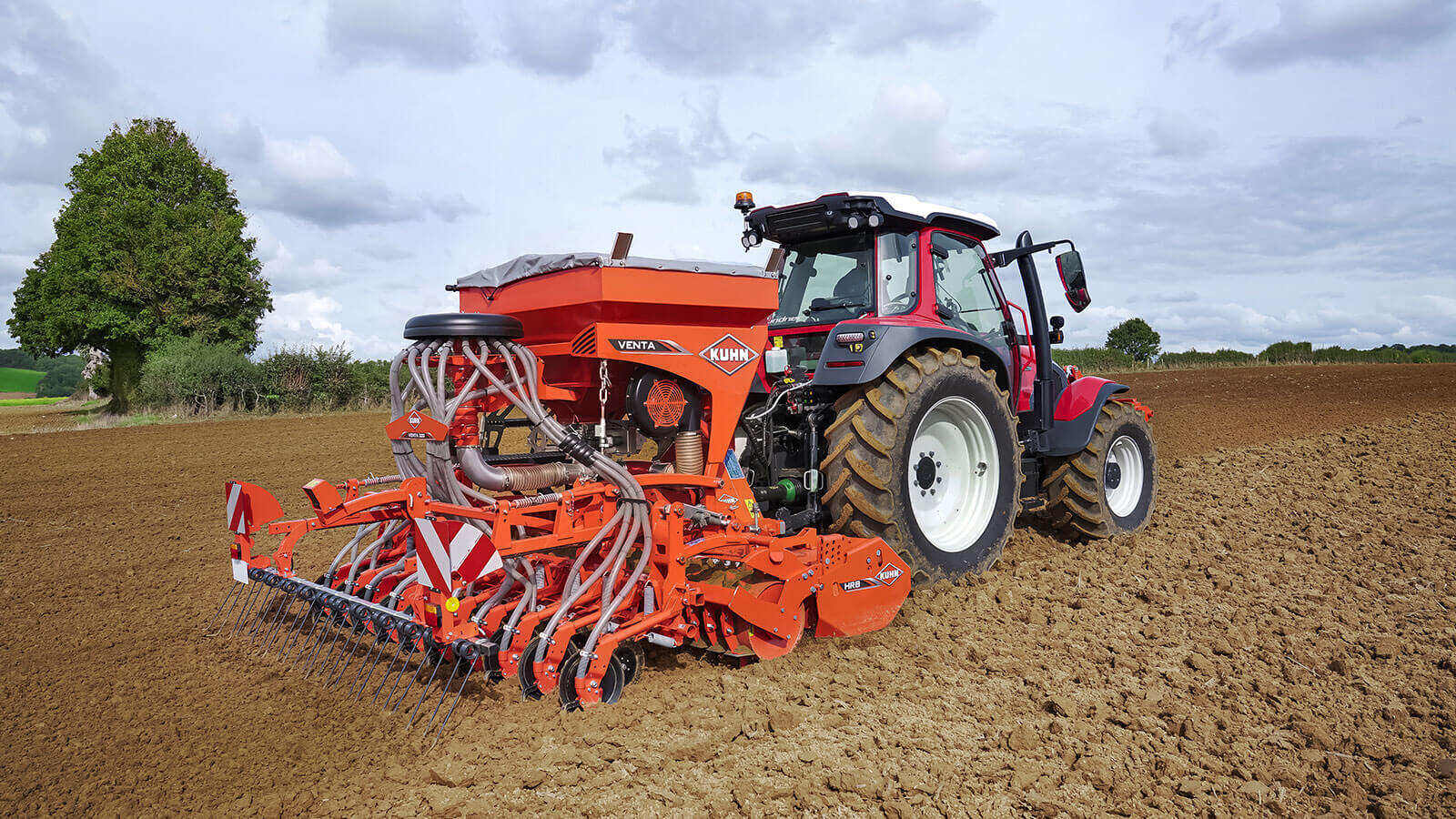
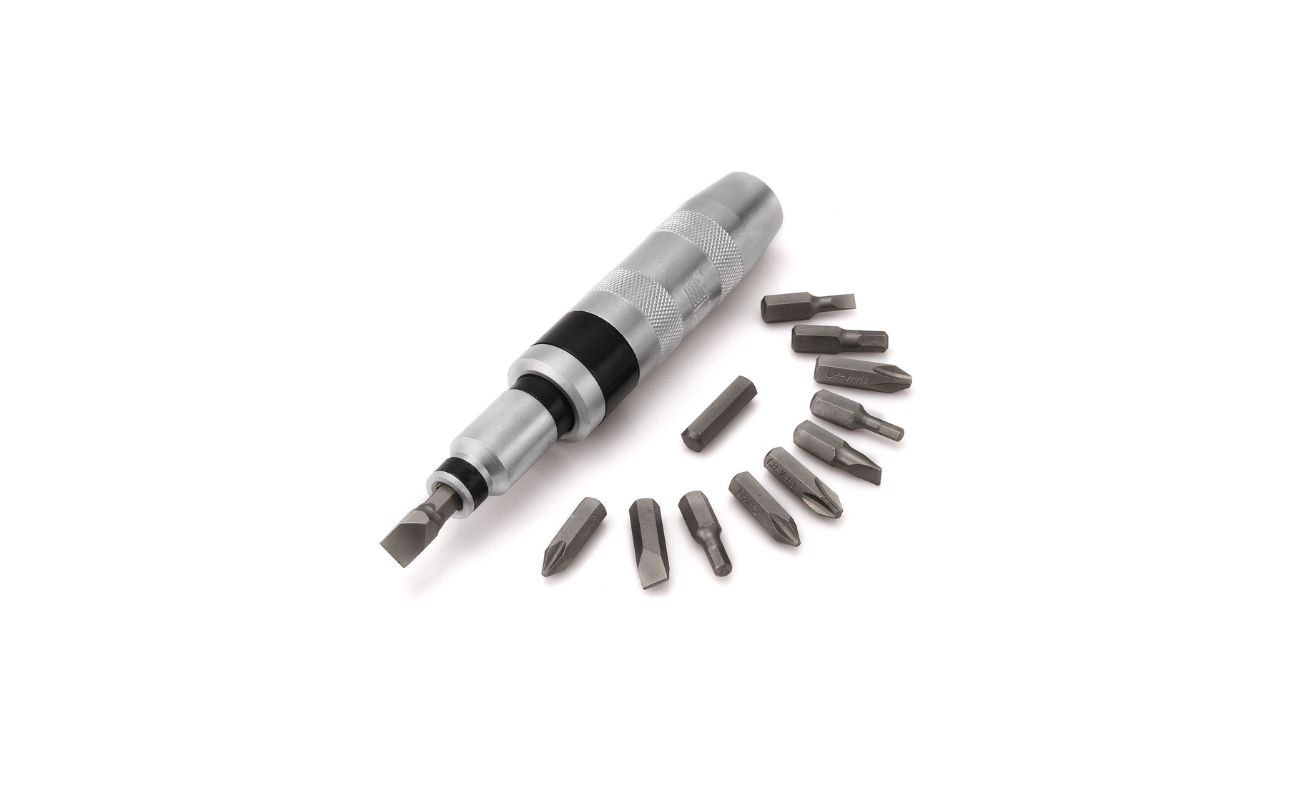
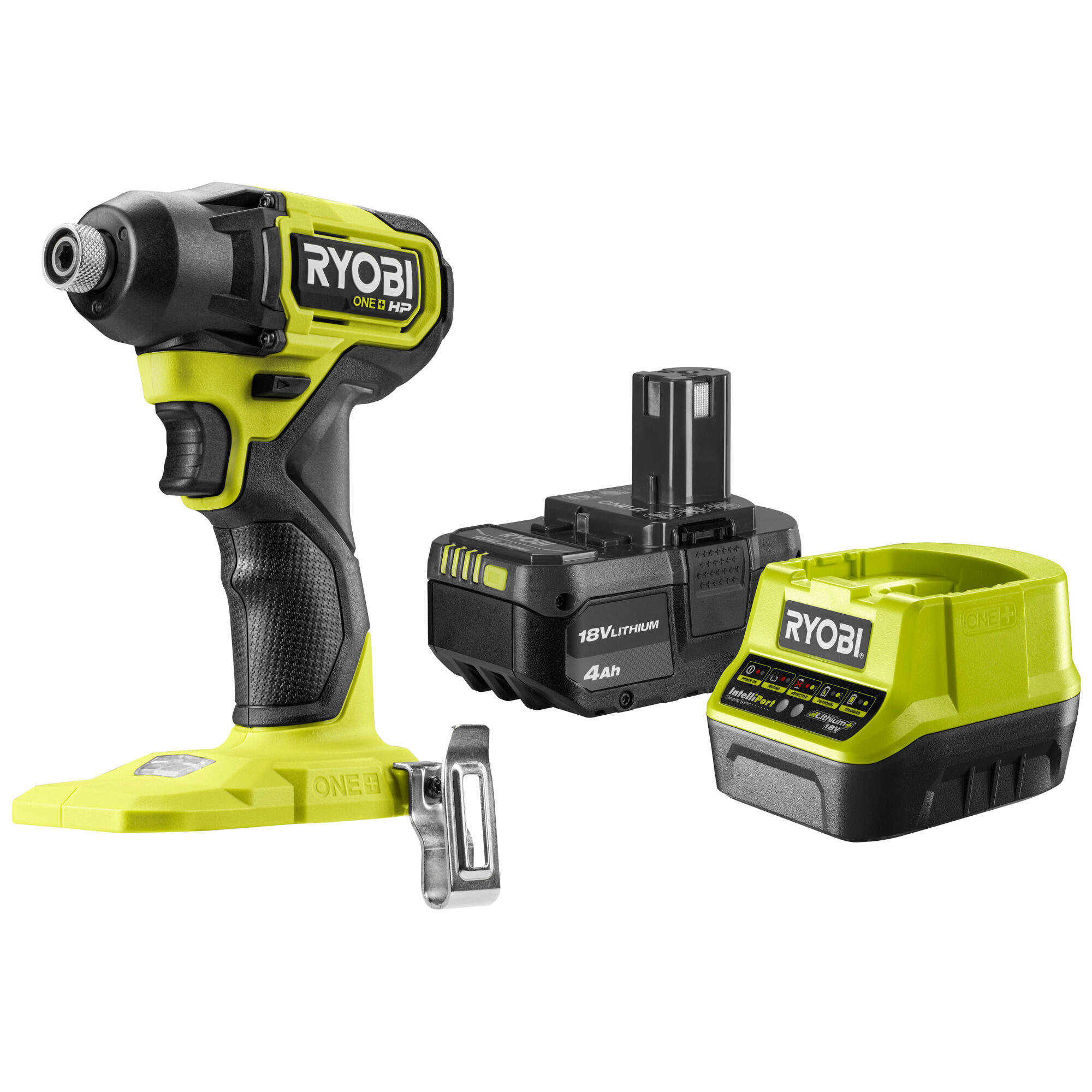
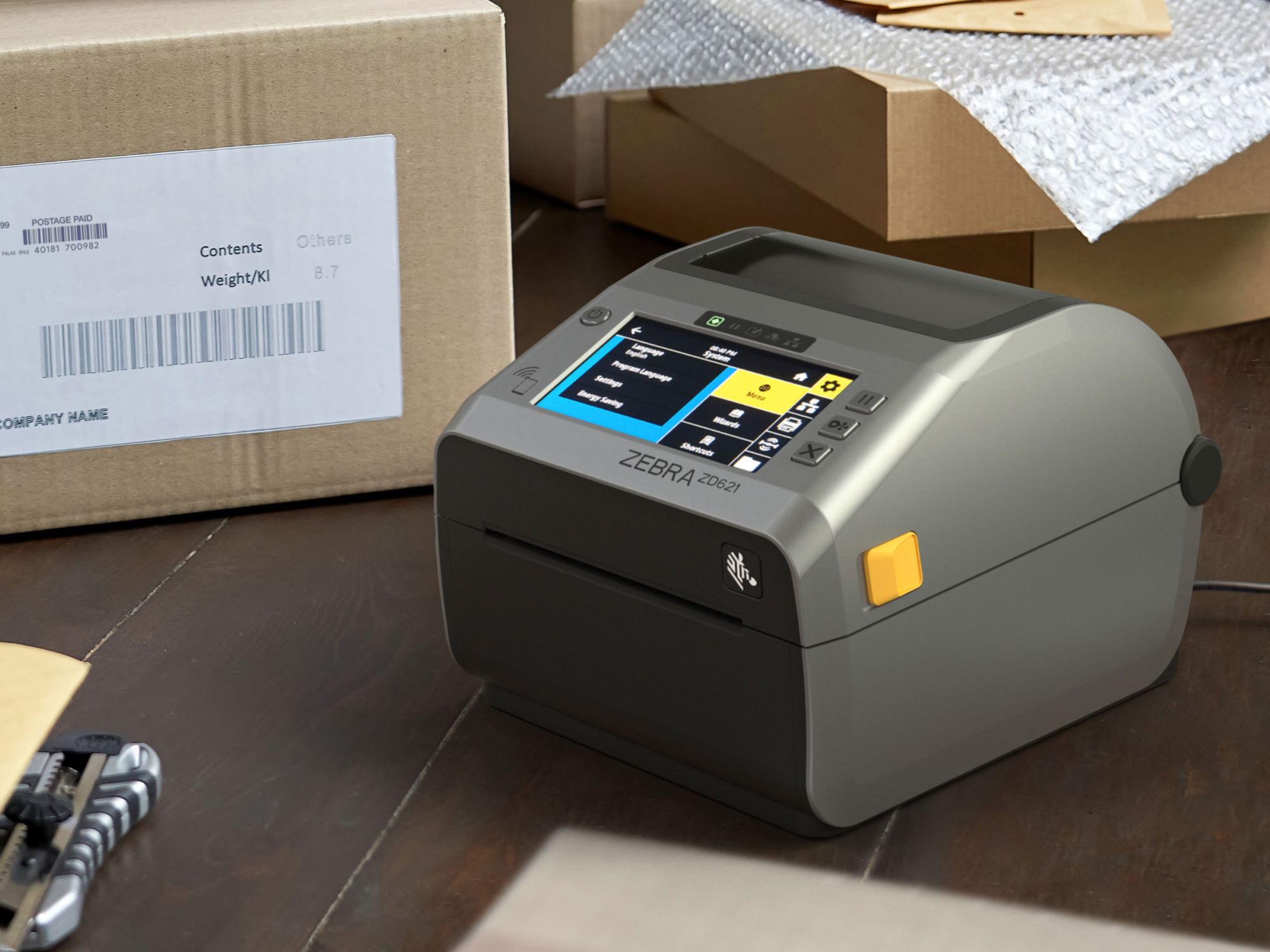
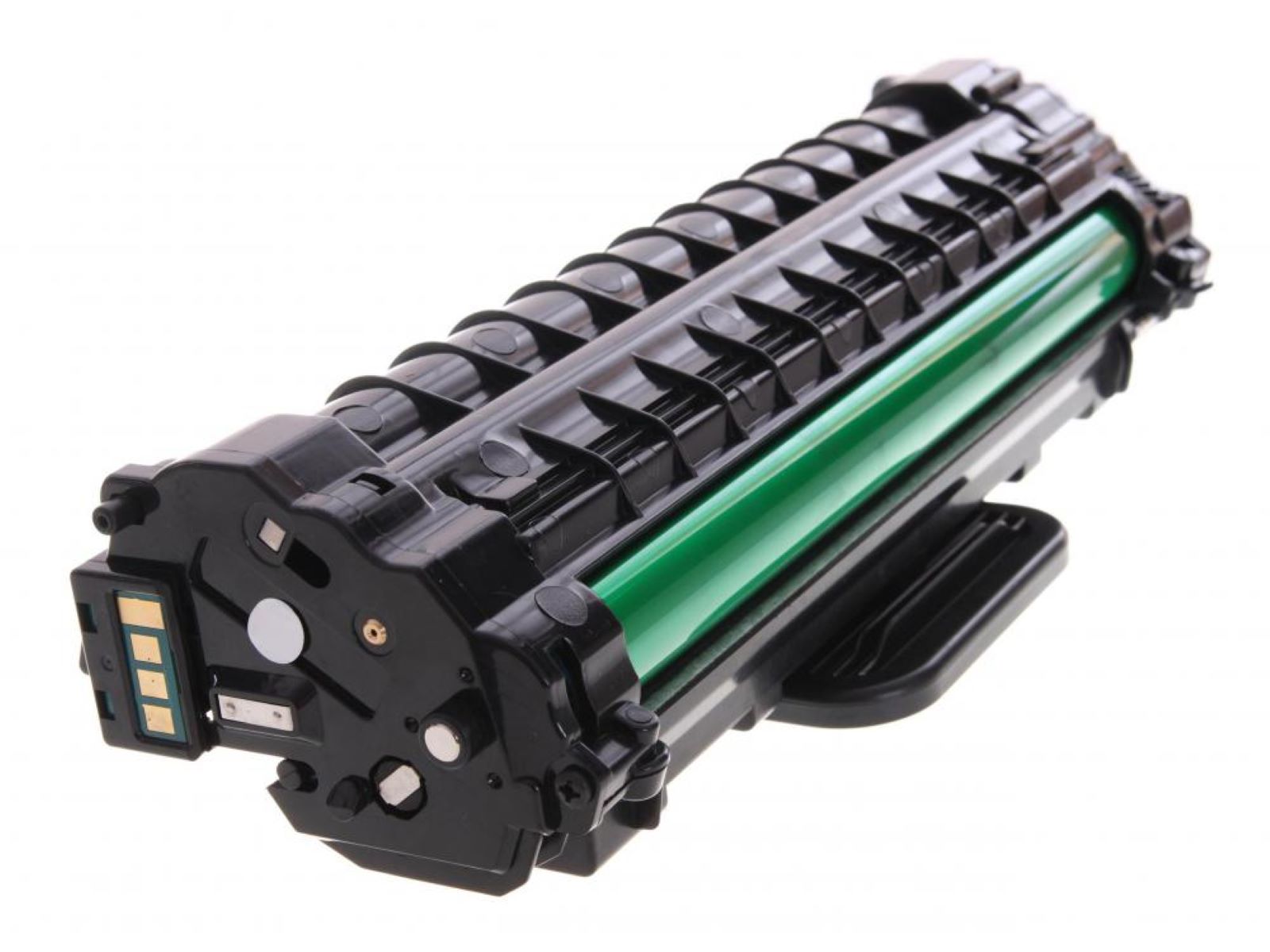
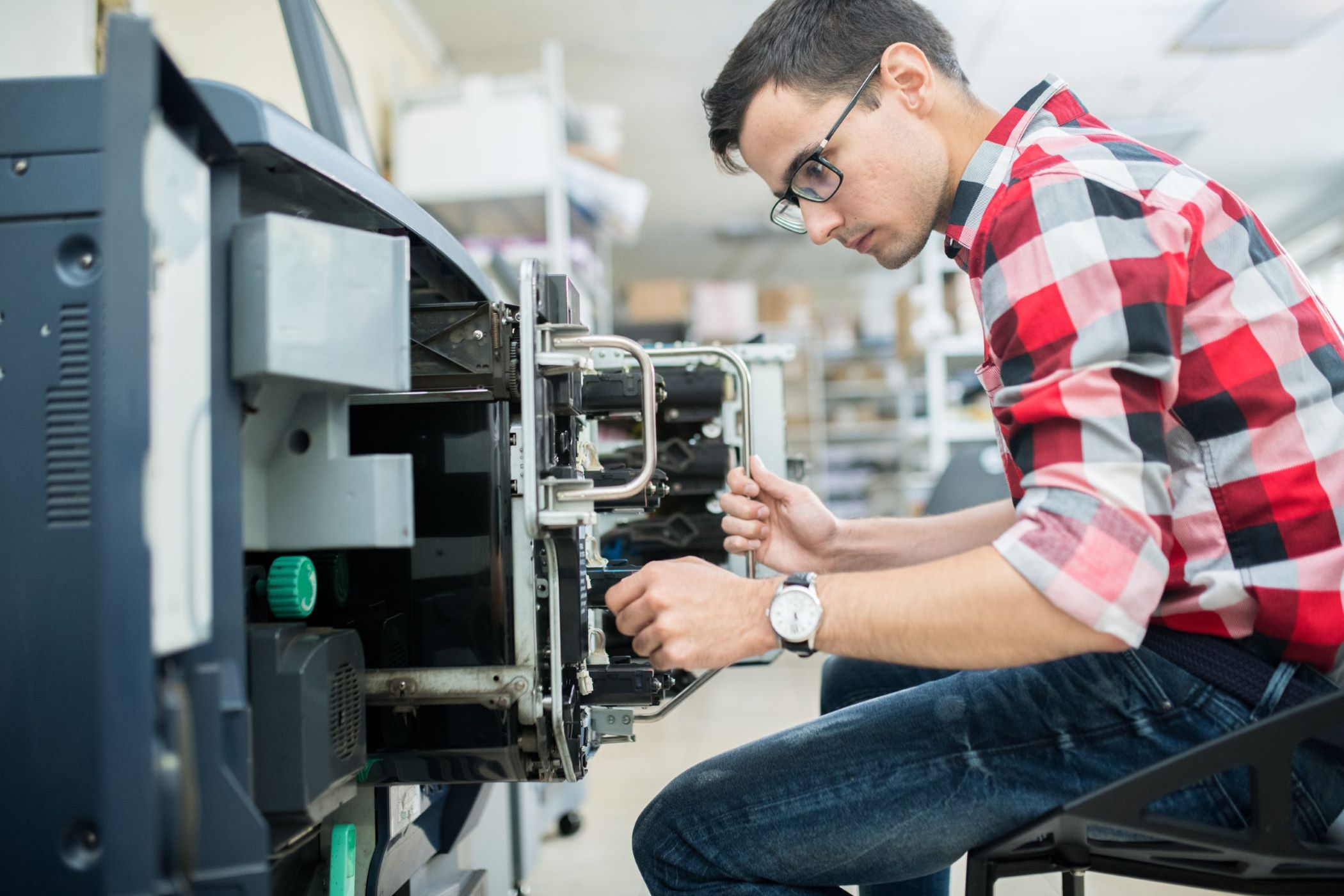
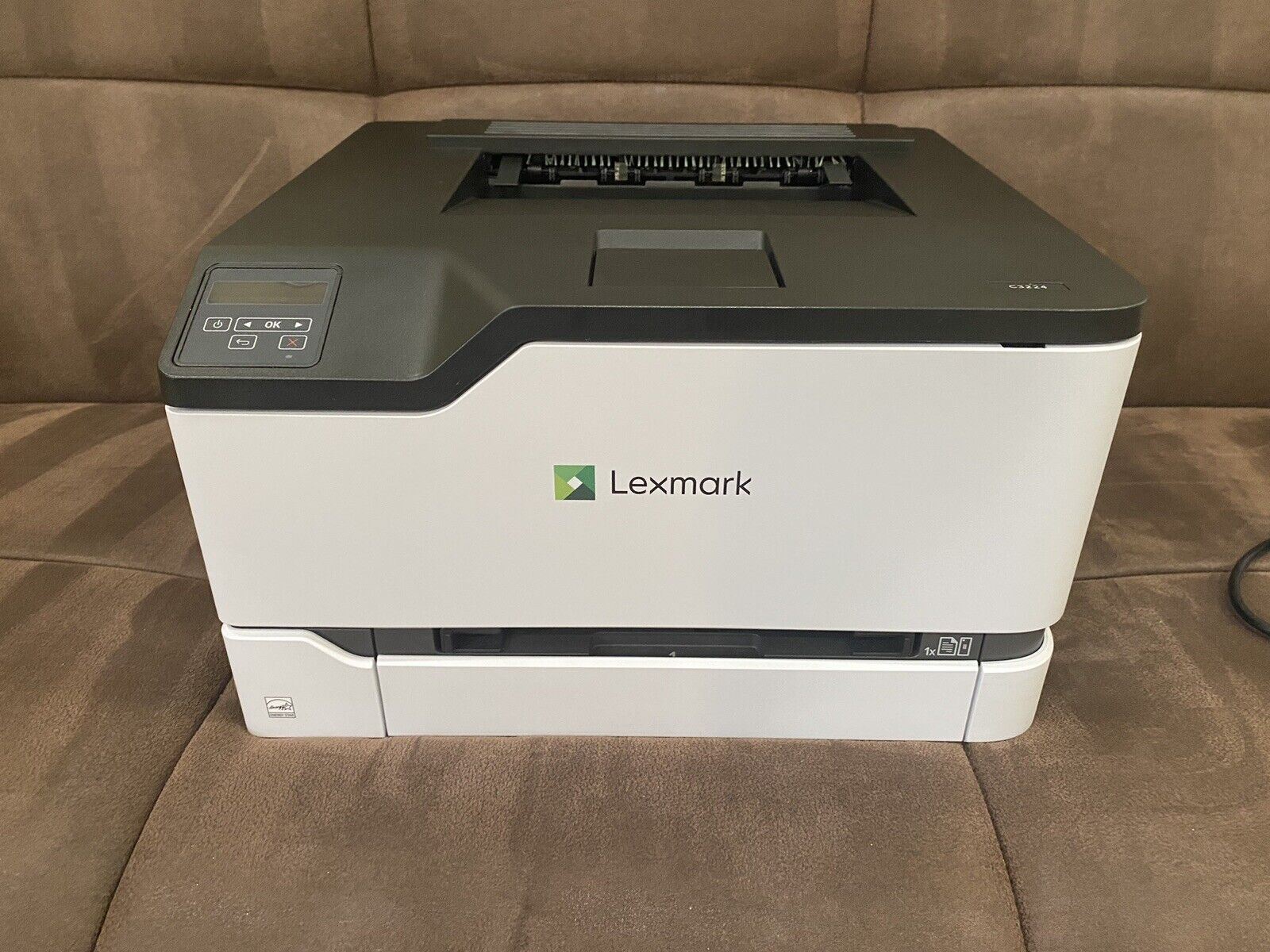
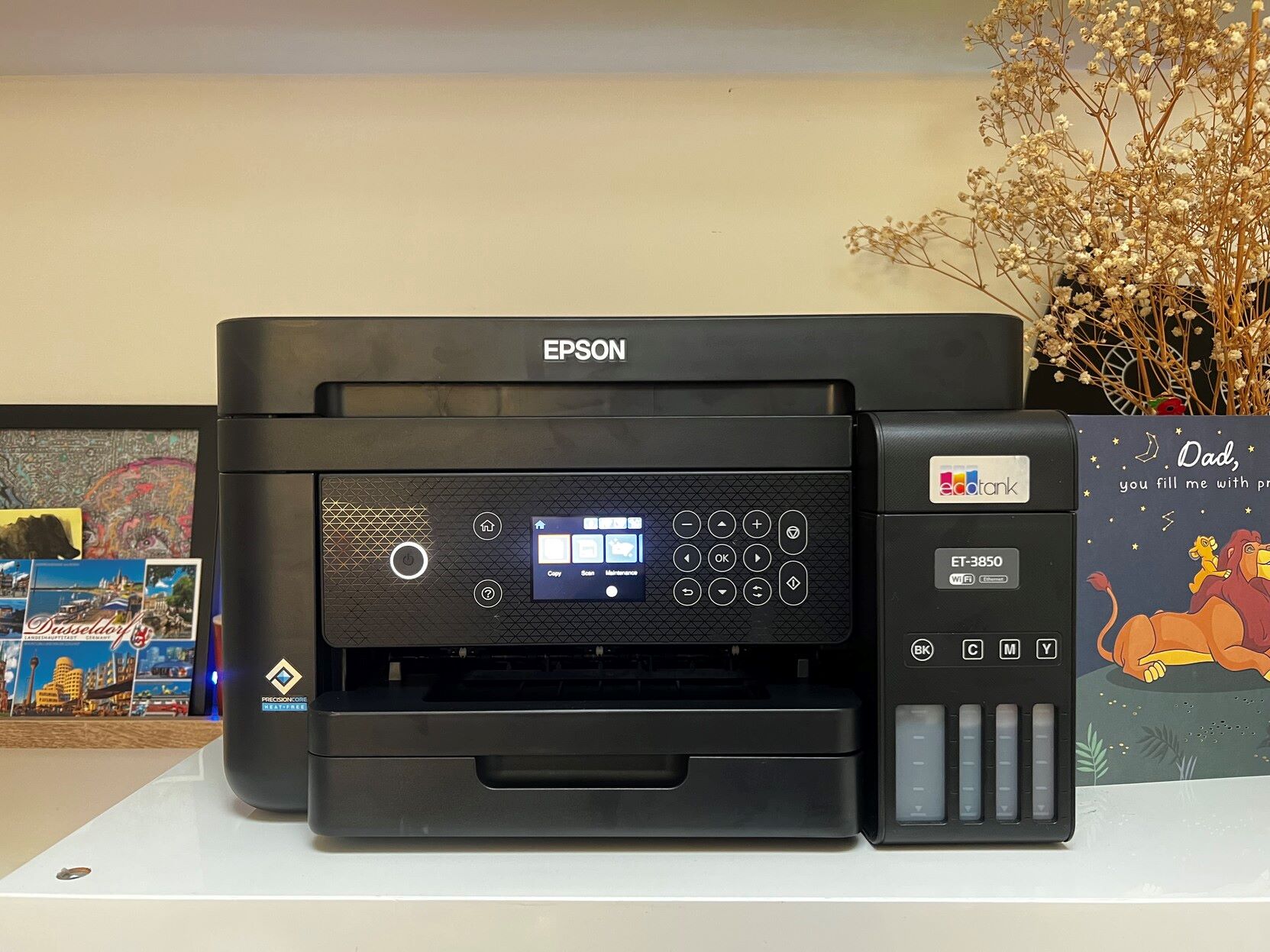
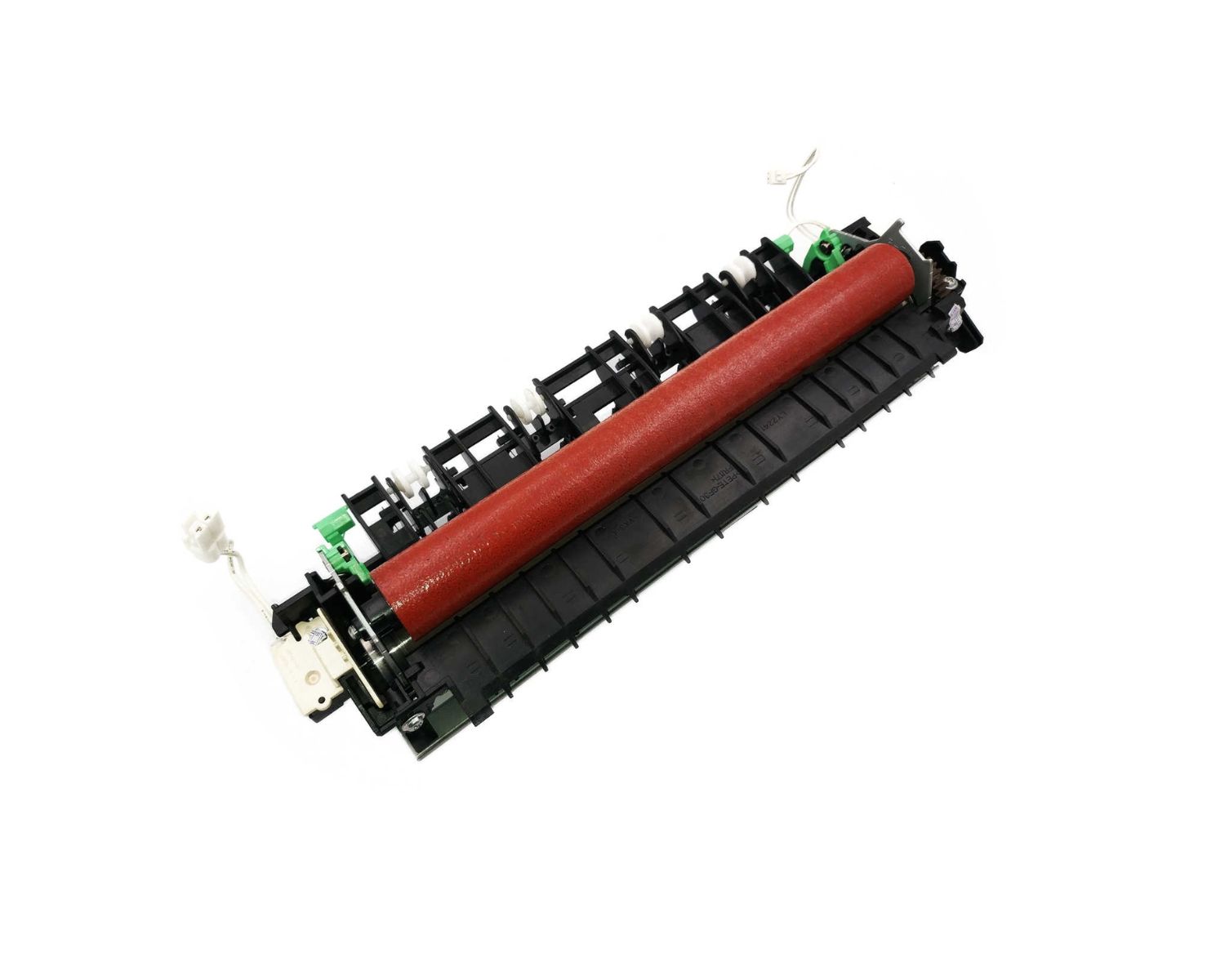
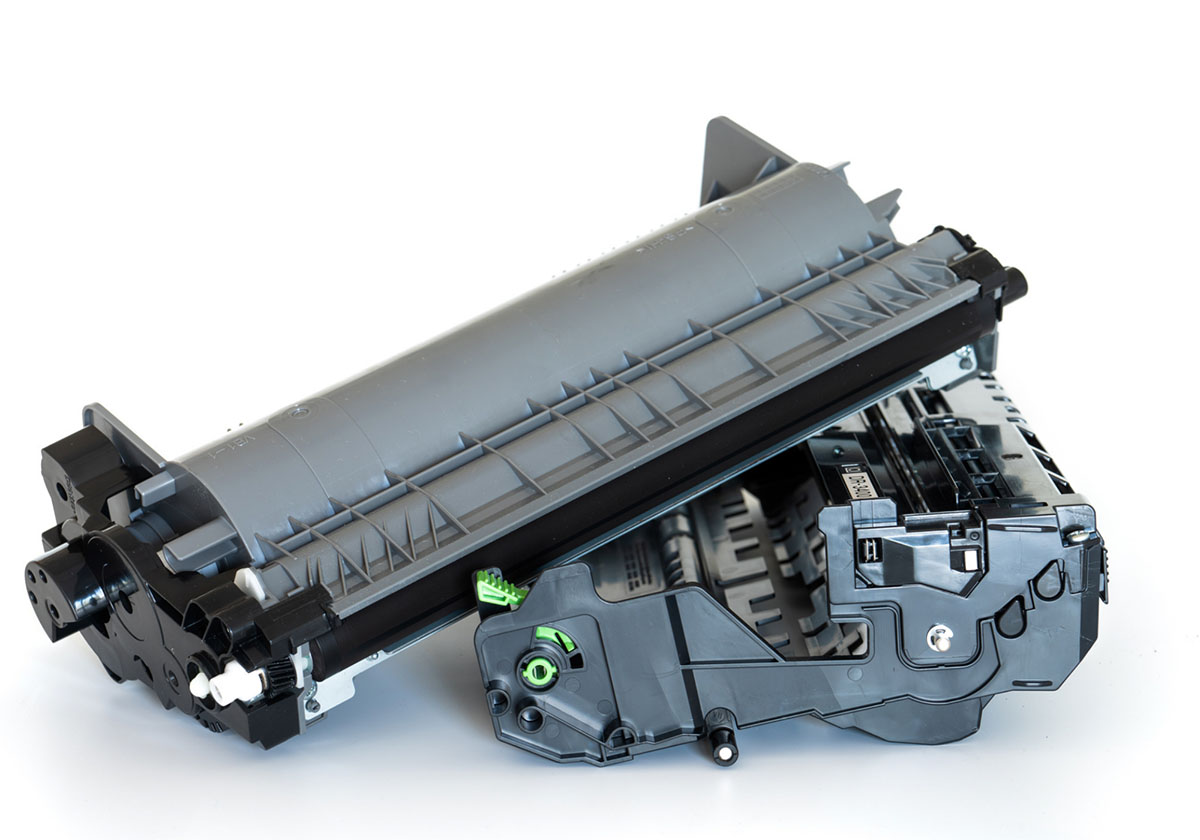
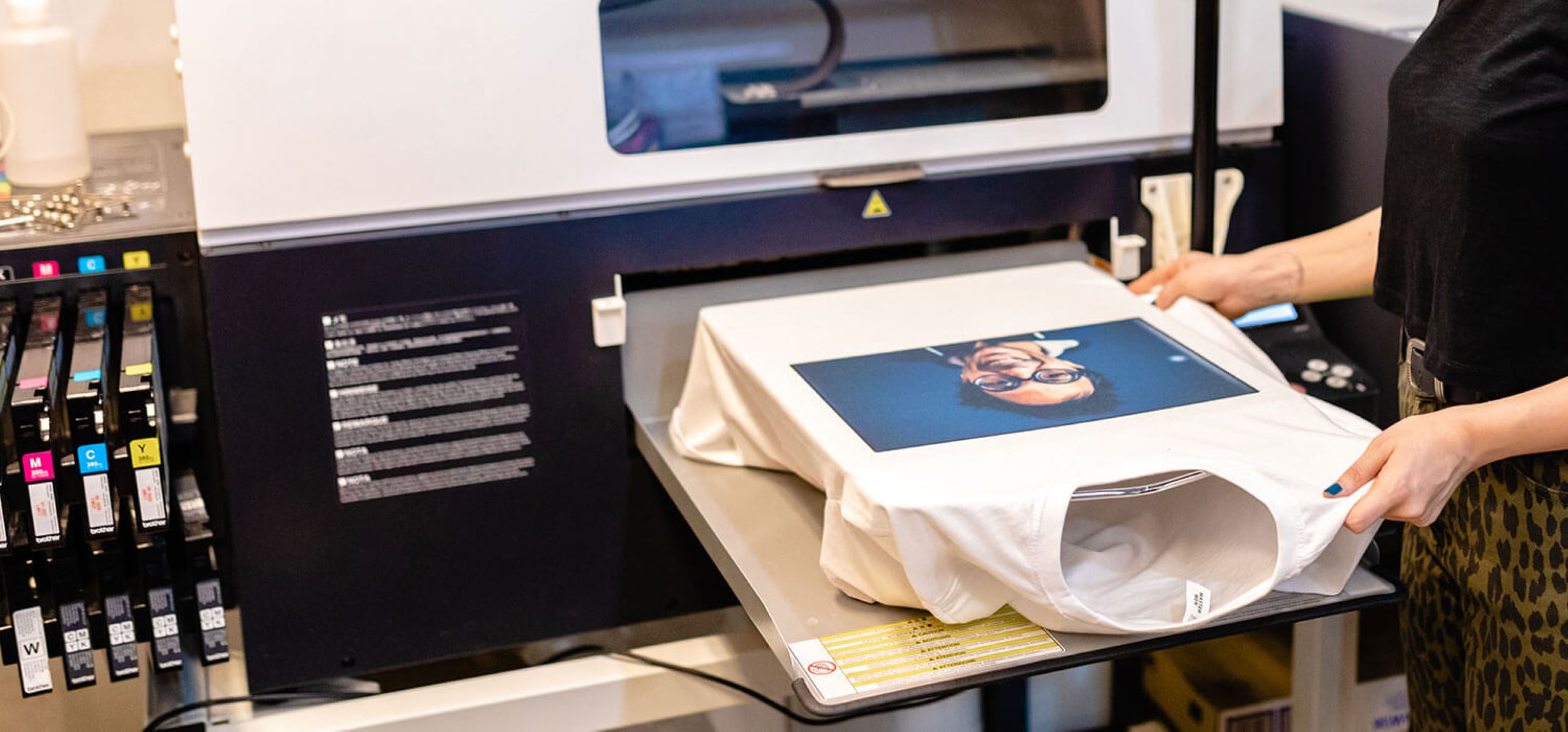

0 thoughts on “What Is An Impact Printer”